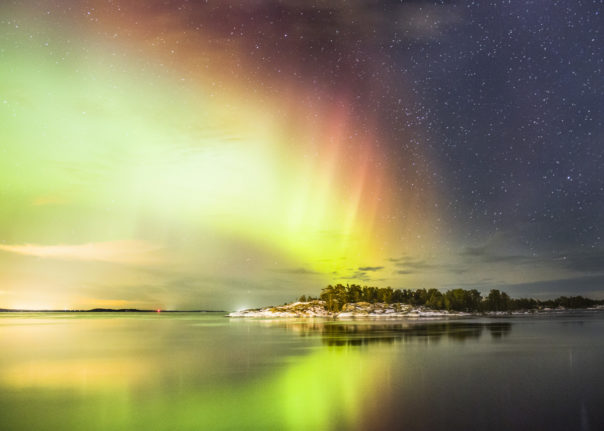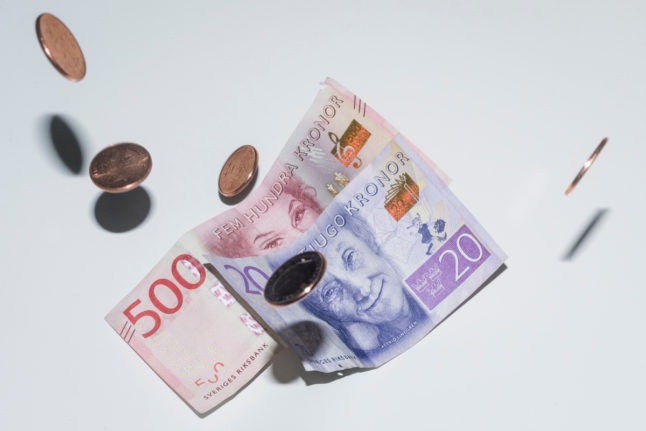Chad Blakley, who runs the Northern Lights tour specialist Lights over Lapland, has long been gearing up for the solar maximum, the peak in the sun’s eleven-year cycle, and now, he says, it is starting to arrive.
“What we have seen since it became astronomically dark in late September is that the reality matches the expectations. We are seeing more powerful auroras than we’ve ever seen,” he told The Local’s Sweden in Focus podcast in November.
“One of the gentlemen who works for us, he’s been a guide for a decade, been out there for 10 years. He’s been there through the last solar minimum, right back up to this solar maximum. And he said multiple times this season, I’ve never seen anything like that.”
READ ALSO:
The Northern Lights phenomenon is generated when a stream of charged particles from the sun, called solar wind, collides with atoms of oxygen and nitrogen in the Earth’s atmosphere, creating dazzling displays of light green, red, orange or blue light. It fluctuates in strength depending on the level of solar activity.
The Space Weather Prediction Center in the US in October reported that the peak in solar activity was arriving sooner and more powerfully than it had predicted in 2019 and was now likely to come between January and November 2024.
READ ALSO:
In Abisko, a hiking and winter sports resort popular as a viewing station for the Northern Lights, the displays are already unusually intense, Blakley said.
“We have a webcam that’s actually the oldest running Aurora Borealis webcam on planet Earth. And you can go right back and look through the catalogue and compare pictures from a year ago, two years ago, three years ago, all the way back. And what we’re seeing right now really and truly is the most powerful, the most repetitive and most intense Northern Lights.”
Even in a year like this, he stressed, there was no absolute guarantee that guests would see the phenomenon at all, let alone a once-in-a-decade display.
“But I can say that right now and the next season and potentially the season thereafter are quite literally the best times in any of our lifetimes to be able to go and see the Northern Lights.”
READ ALSO:
Blakley, a former photographer from Louisiana, came to Abisko with his Swedish wife Linnea back in 2008 to work a tourist season and never left, setting up Lights over Lapland back in 2010.



 Please whitelist us to continue reading.
Please whitelist us to continue reading.
Member comments